
The name Venice conjures up images of classic gondoliers serenading their passengers as they paddle gently through the occasional waft of traditional Italian cooking while navigating the truly unending maze of canals that snake throughout the city. I didn’t really know what to expect when walking out of the airport – the pragmatic side to me knew there were probably going to have to be some adjustments to this fairy tale, but how much?
Let’s get the bad news out of the way first: Venice costs a [relative] fortune, smells terrible, and it’s virtually impossible to get anywhere without tripping over a 20-person tourist group being paraded around by an tour guide speaking a language I don’t recognize through a megaphone.
It’s not all bad news though, Venice is a fantastically beautiful city – if you can’t take pictures that you love here, you have no business behind the lens of a camera.

Speed limits in the harbour
Wandering through the “streets” of Venice while watching how busy the canals are through the city adds perspective to how life in this city is like most others – you just replace scooters with small powerboats.
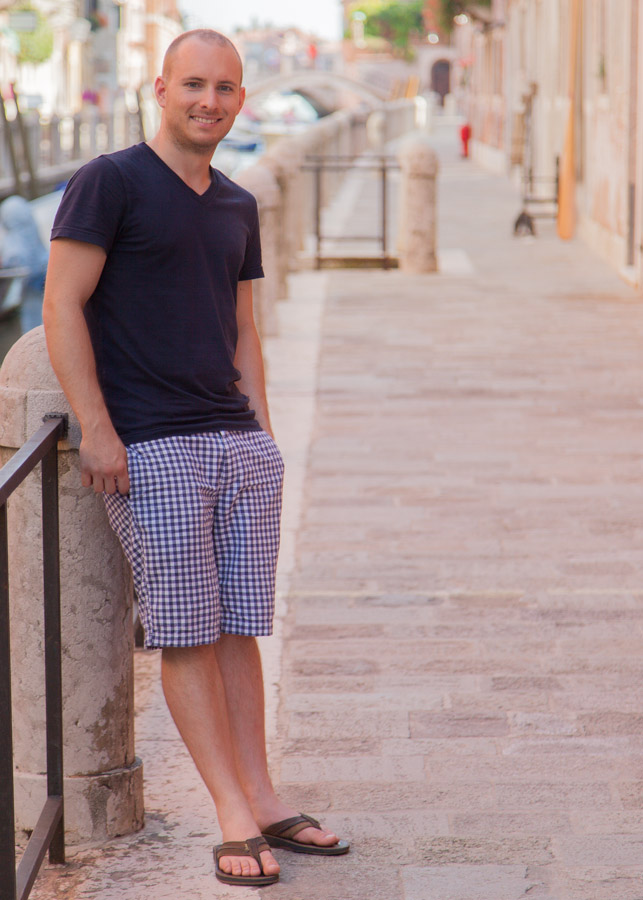
Alongside a lonely canal in Venice
While much of Venice has taken on an unavoidably modern twist, you can still find places that look like what I imagine it did many years before – a quiet canal bordered by a beautiful cafe with few sounds but the songs of gondoliers to hear. This photo certainly reflects the minority, not the majority of what Venice looks like though.

The famous Venice gondoliers
On our last day we took a trip to the island of Murano, home of the famous handblown “Murano Glass” art. While the island is mostly an unending chain of similar stores selling similar tourist novelties, there were a few standout studios that truly produced work a world above their peers and to see some of this craftsmanship is incredible. It would be hard to appreciate it by just ordering a piece online – you needed to look at 10 “good” pieces to see what differences a “great” one had, but it was an interesting and eye-opening experience.
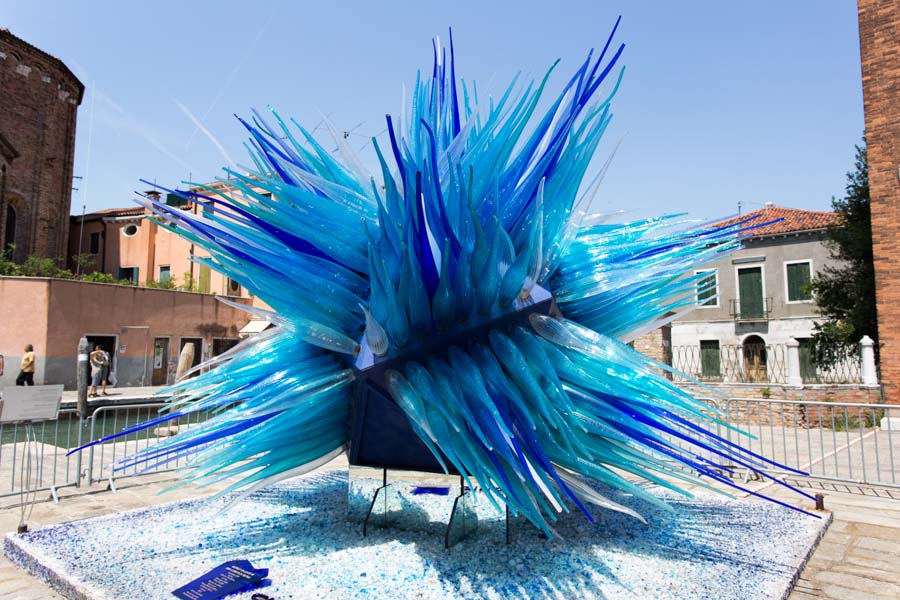
Incredible hand-blown glass sculpture in Murano
Here are the rest of the photos I took:

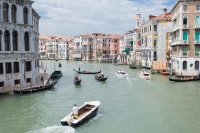
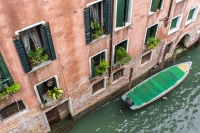
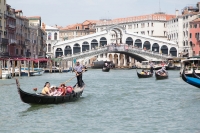
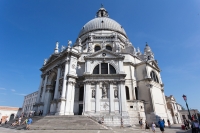
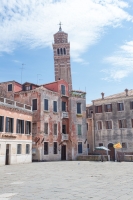
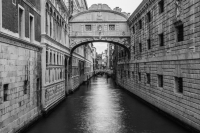
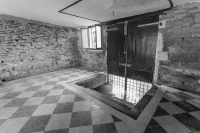
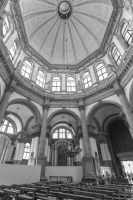
Comments